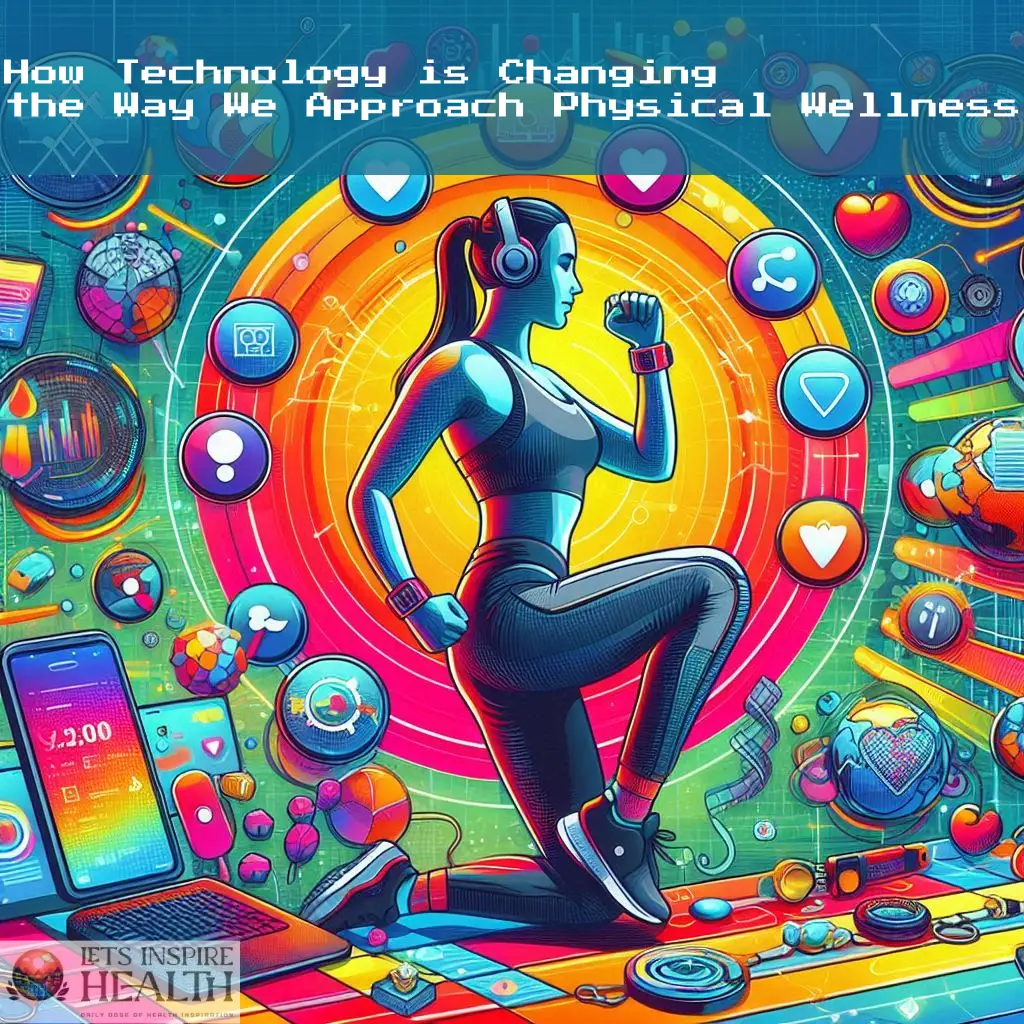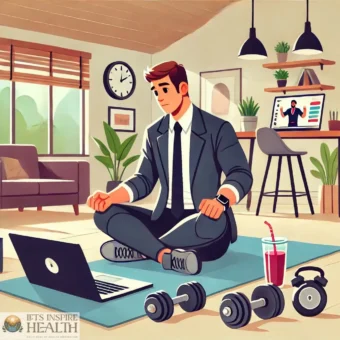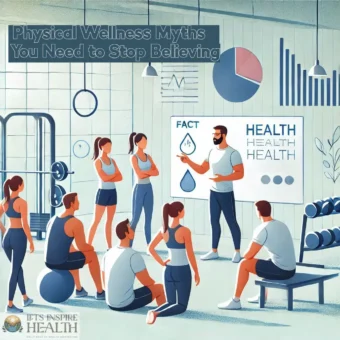The Intersection of Technology and Physical Wellness
Technology is reshaping every aspect of our lives, including how we care for our bodies. From wearable fitness trackers to AI-powered health apps, technological advancements are making wellness more accessible, personalized, and effective. But how exactly is this shift taking place, and what are the implications for our overall health?
The Rise of Wearable Fitness Devices
Wearable fitness devices, such as smartwatches and fitness bands, have become staples for anyone looking to monitor their health. These gadgets offer features like heart rate monitoring, step tracking, and even sleep analysis.
Real-World Example
Consider the Apple Watch. With features like ECG monitoring and fall detection, it’s not just a watch; it’s a health companion. Similarly, Fitbit has revolutionized step tracking, enabling users to set daily goals and track their progress.
Pros and Cons of Wearables
- Pros:
- Real-time health monitoring
- Encourages physical activity
- Integrates with wellness apps for holistic tracking
- Cons:
- May lead to over-reliance on gadgets
- Privacy concerns with health data
Checklist for Choosing the Right Device
- Identify your fitness goals (e.g., weight loss, better sleep).
- Ensure compatibility with your smartphone.
- Check battery life and durability.
- Look for features that suit your needs (e.g., heart rate monitoring).
Mobile Apps Revolutionizing Fitness
Fitness apps have democratized access to health and wellness resources. Whether you’re looking for yoga classes, guided workouts, or personalized diet plans, there’s an app for that.
Step-by-Step Guide to Starting with Fitness Apps
- Download a Popular App
- Set Your Goals: Define your objectives, such as losing weight or building muscle.
- Track Progress: Log your daily activities and measure improvements.
Virtual Fitness and Online Communities
The COVID-19 pandemic accelerated the rise of virtual fitness. Platforms like Peloton and Zoom workout sessions brought gym-like experiences to people’s homes.
Benefits:
- Convenience of working out at home
- Access to professional trainers
- Community support through online groups
Limitations:
- Requires a stable internet connection
- Lack of personal interaction with trainers
Health Implications of Technology in Wellness
While technology provides numerous benefits, it’s essential to consider its impact on overall health:
- Physical Health:
- Positive: Improved activity levels, better health tracking
- Negative: Risk of tech addiction or excessive screen time
- Mental Health:
- Positive: Mindfulness apps reduce stress and anxiety
- Negative: Social comparison on fitness platforms may harm self-esteem
Emerging Trends in Wellness Technology
Artificial Intelligence in Fitness
AI is making personalized fitness programs more effective. For example, AI trainers can adjust your workout plan based on your progress.
Gamification of Fitness
Apps like Zombies, Run! turn workouts into engaging games, making physical activity enjoyable.
Virtual Reality (VR) Workouts
Imagine doing yoga on a beach or cycling through a mountain trail—VR makes it possible.
How to Balance Technology and Natural Wellness Practices
While technology enhances wellness, traditional methods like walking in nature and mindful breathing remain invaluable.
Tips for Balance:
- Use technology as a supplement, not a replacement.
- Schedule tech-free time daily to disconnect and recharge.
- Integrate natural activities like outdoor walks into your routine.
Conclusion: Embracing the Future of Wellness
Technology is a powerful tool for improving physical wellness, offering unprecedented opportunities to monitor, motivate, and manage health. However, striking a balance between digital and natural practices is crucial for holistic well-being. By leveraging the best of both worlds, you can achieve a healthier, more fulfilling life.
Disclaimer: This blog is for informational purposes only. Always consult with healthcare professionals before adopting new fitness or wellness technologies.







